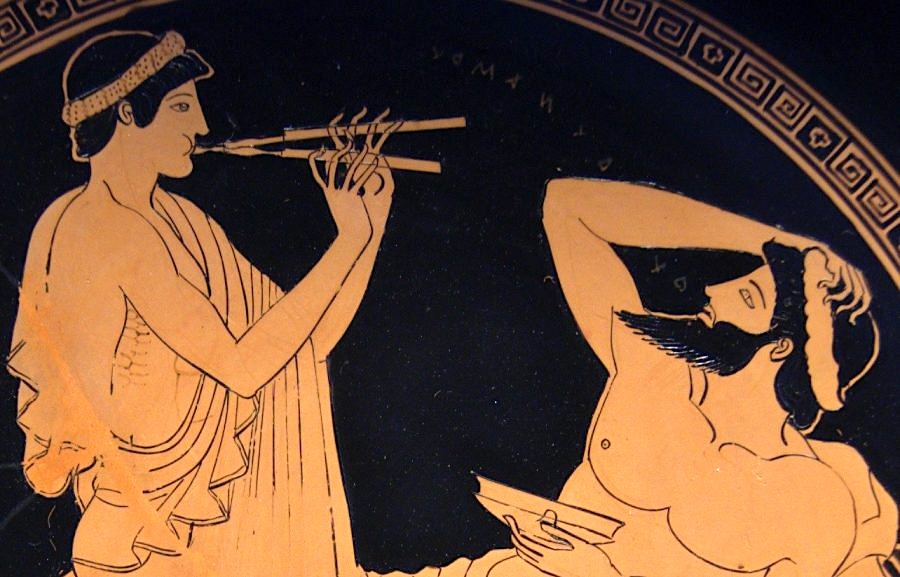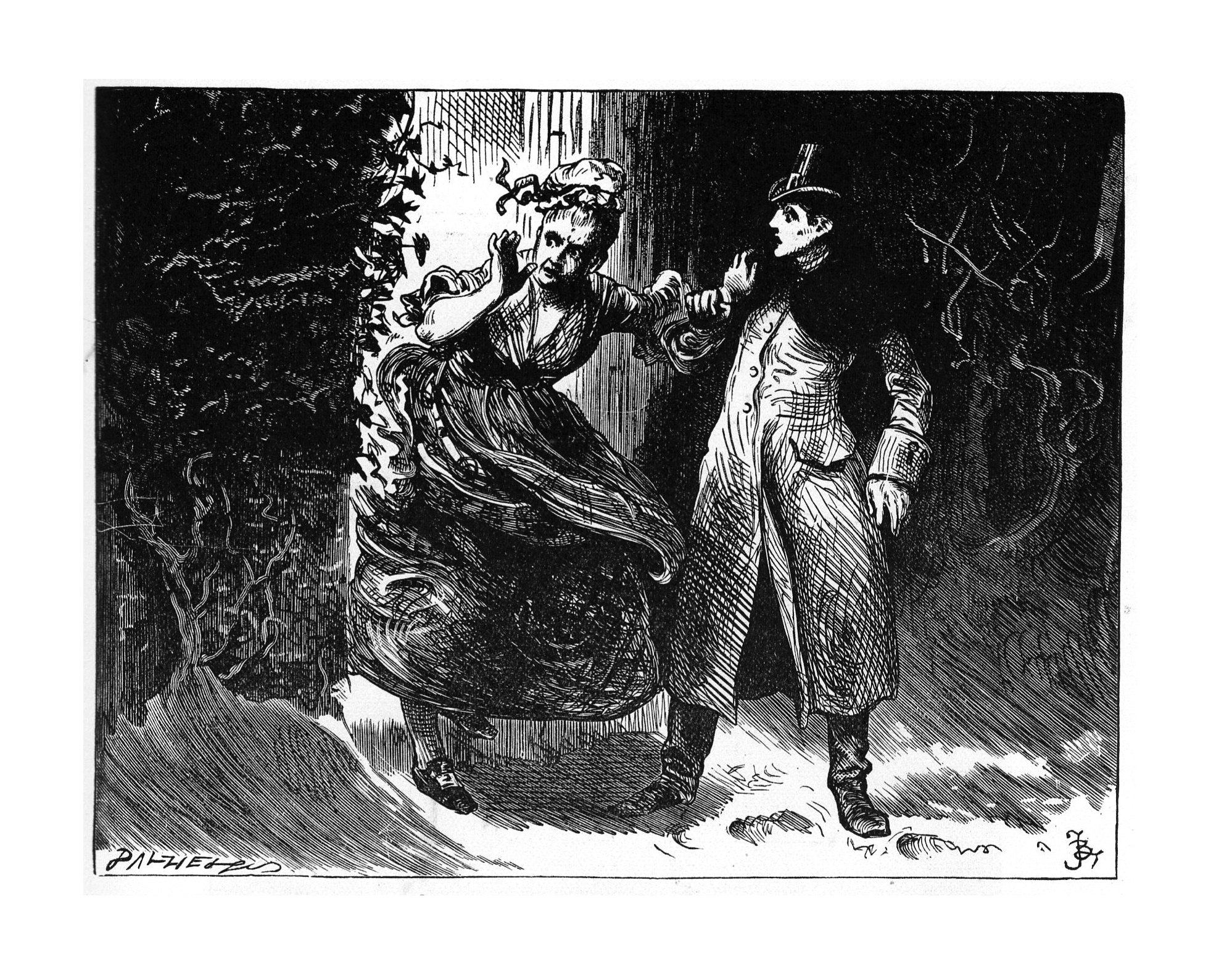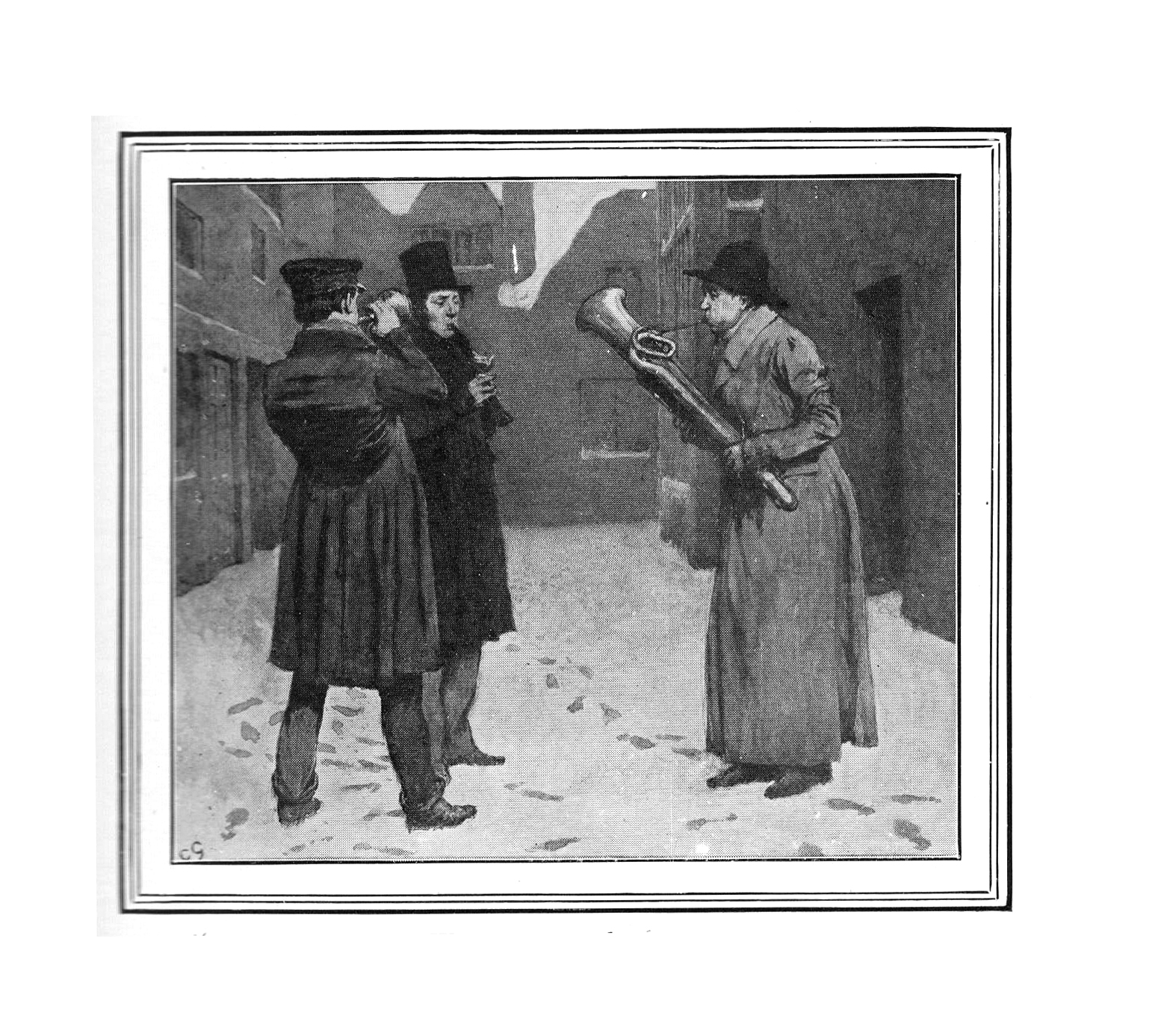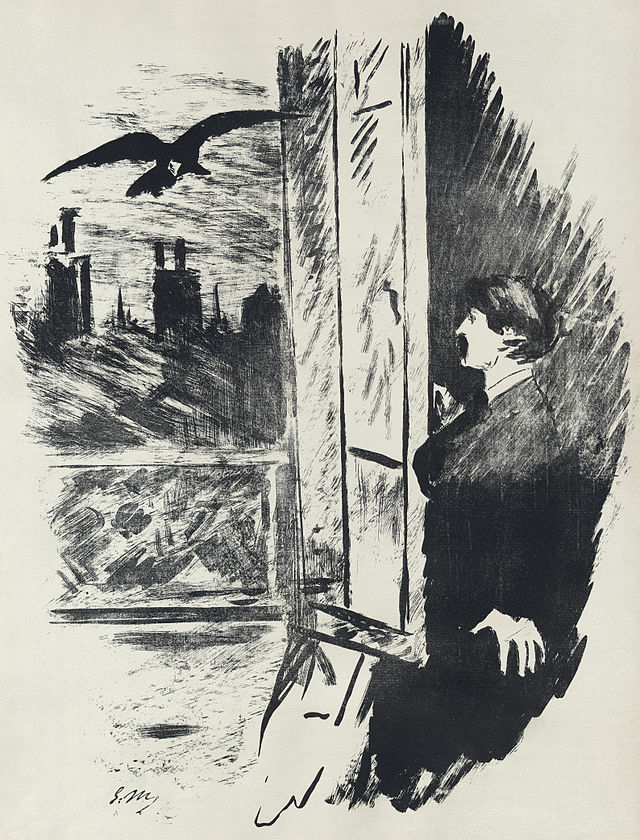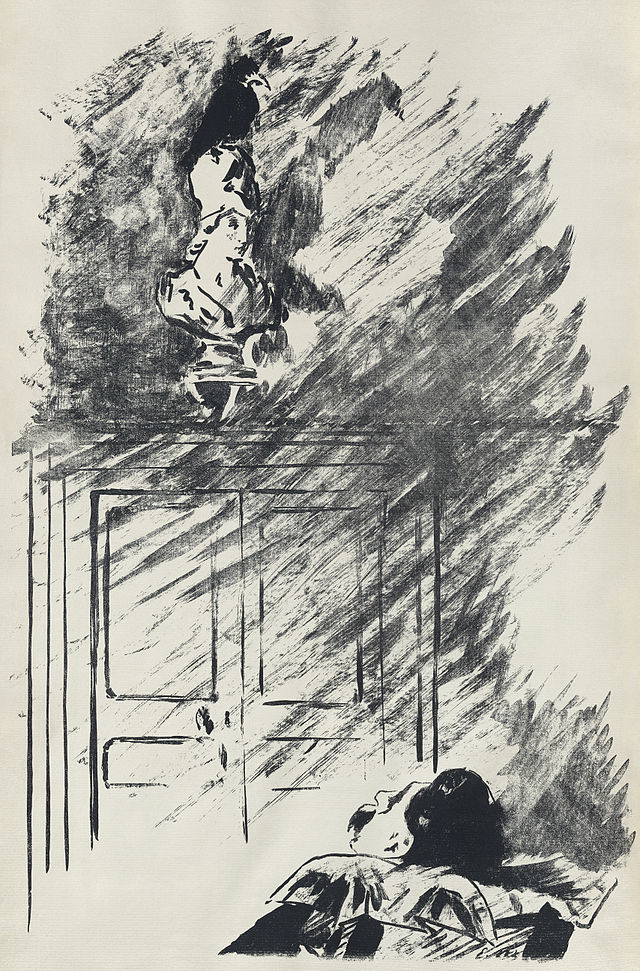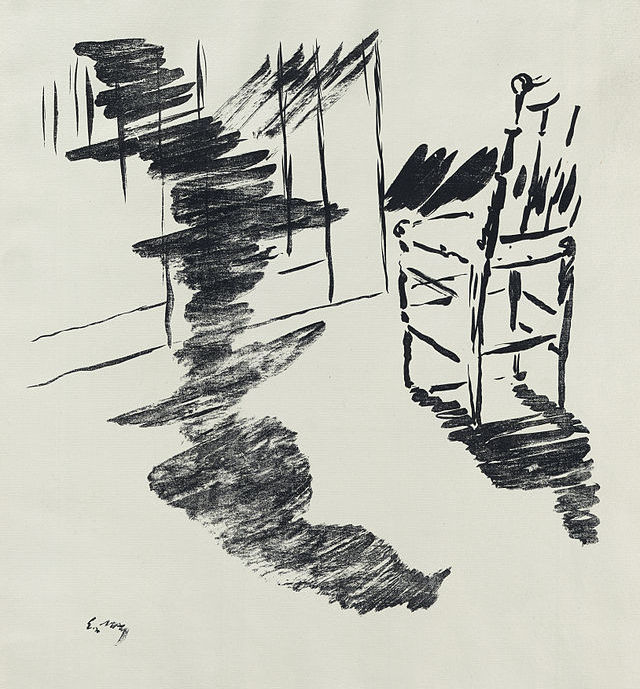We now live in the midst of an artificial-intelligence boom, but it’s hardly the first of its kind. In fact, the field has been subject to a boom-and-bust cycle since at least the early nineteen-fifties. Eventually, those busts — which occurred when realizable AI technology failed to live up to the hype of the boom — became so long and so thoroughgoing that each was declared an “AI winter” of scant research funding and public interest. Yet even deep into one such fallow season, AI could still inspire enough fascination to become the subject of the 1978 NOVA documentary “Mind Machines.”
The program includes interviews with figures now recognized as luminaries in the history of AI: John McCarthy, Marvin Minsky, Terry Winograd, ELIZA creator Joseph Weizenbaum. It also brings on no less a technological prophet than Arthur C. Clarke, who notes that the dubious attitudes toward the prospect of thinking machines expressed in the late seventies had much in common with those about the prospect of space travel during his youth in the thirties. In his view, we were already “creating our successors. We have seen the first, crude beginnings of artificial intelligence,” and we would “one day be able to design systems that can go on improving themselves.”
If computers were thereby to gain greater-than-human intelligence, it would, of course, “completely restructure society” — not that the society he already knew wouldn’t “collapse instantly” if its own relatively simple computers were taken away. Clarke not only asks the question now on many minds of what “the people who are only capable of low-grade computer-type work” will do when outstripped by AI, but more deeply underlying ones as well: “What is the purpose of life? What do we want to live for? That is a question which the intelligent computer will force us to pay attention to.”
Few viewers in 1978 would have spent much time pondering such matters before. But presented with footage of all this now-primitive proto-AI technology — the computer chess tournament, the simulated therapist, the medical-diagnosis assistant, the NASA Mars rover to be launched in the far-flung future of 1986 — they must at least have felt able to entertain the idea that they would live to see an age of machines that could not just think but, as the narrator puts it, possess “the most crucial aspect of common-sense intelligence: the ability to learn.” Perhaps another AI winter will forestall that age yet again — if it’s not already here.
Related content:
Before ChatGPT, There Was ELIZA: Watch the 1960s Chatbot in Action
A New Course Teaches You How to Tap the Powers of ChatGPT and Put It to Work for You
Generative AI for Everyone: A Free Course from AI Pioneer Andrew Ng
Based in Seoul, Colin Marshall writes and broadcasts on cities, language, and culture. His projects include the Substack newsletter Books on Cities and the book The Stateless City: a Walk through 21st-Century Los Angeles. Follow him on the social network formerly known as Twitter at @colinmarshall.


